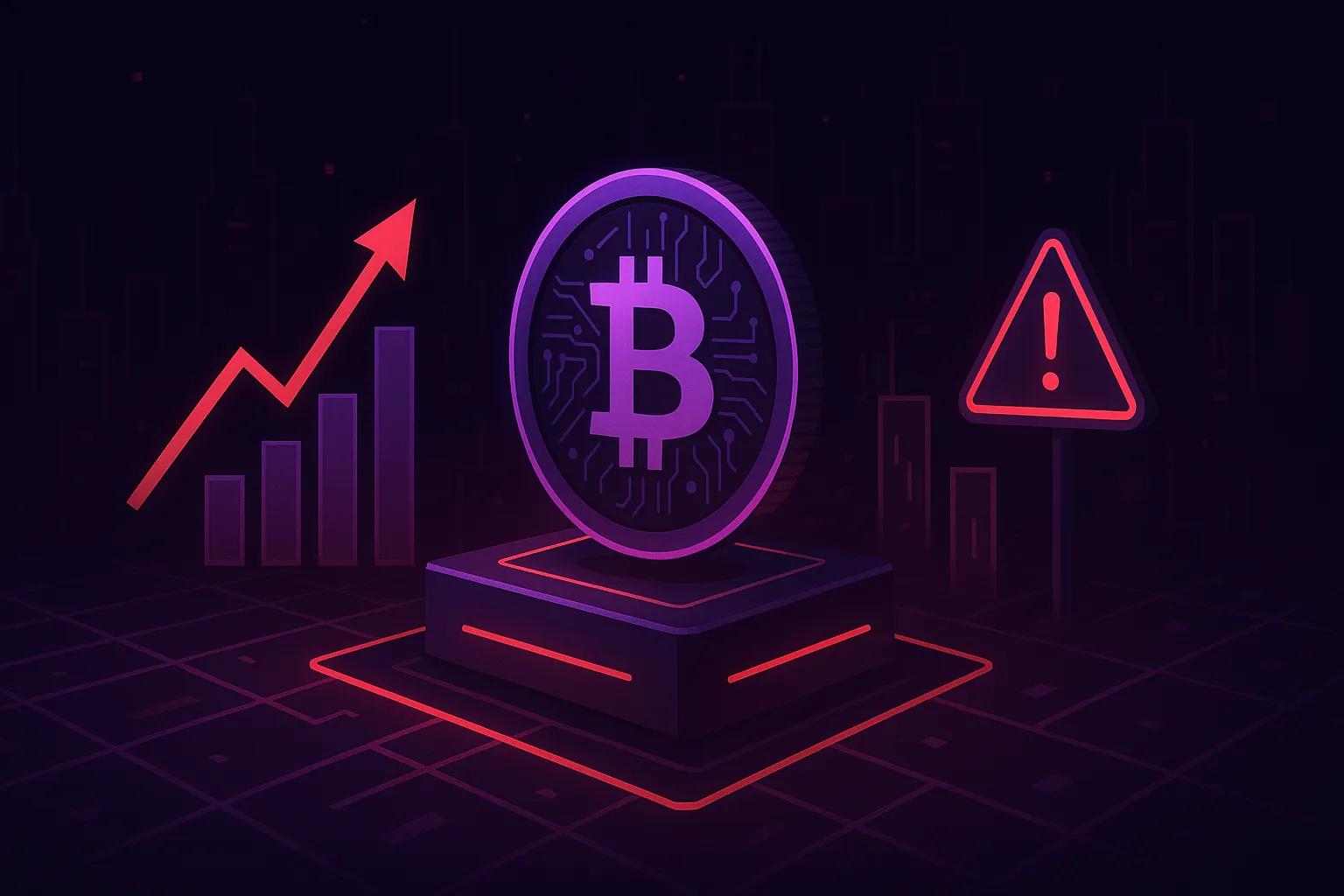As the adoption of digital assets continues to rise, the distinction between treasury and protocol balance sheets is becoming increasingly blurred. According to the official information, industry experts weigh in on the implications of this shift for companies navigating the evolving landscape of cryptocurrency.
Dynamic On-Chain Ecosystems in Corporate Treasuries
Nicolai Sndergaard, a research analyst at Nansen, emphasizes that companies treating their treasuries as dynamic on-chain ecosystems are likely to outperform those that remain static in their holdings. This perspective highlights the potential for digital assets to enhance financial strategies and drive growth in a competitive market.
Challenges in Tokenized Asset Adoption
However, Marcin Kazmierczak from blockchain oracle provider RedStone cautions that significant challenges persist. While any tokenized asset could theoretically serve as a treasury reserve, the actual adoption hinges on various factors, including:
- accounting standards
- regulatory frameworks
- fiduciary responsibilities
Kazmierczak points out that while Bitcoin and Ethereum are relatively straightforward for auditors to assess, the valuation of NFTs presents a more complex challenge due to the lack of standardized appraisal methodologies. He predicts that traditional companies will likely limit their adoption of cryptocurrencies to the top five, leaving broader integration of digital assets in corporate treasuries still in its infancy.
In light of the ongoing discussions about digital asset integration in corporate treasuries, SMQKE has recently proposed two models for implementing a digital currency based on Special Drawing Rights (SDR). For more details, see read more.








